

Having a certificate for any subdomain has implications for other sibling domains, even without a wildcard certificate.
By default, web browsers are a lot less strict about Same Origin Policy for sibling domains, which enables a lot of web-based attacks (like CSRF and cookie stealing) if your able to hijack any subdomain



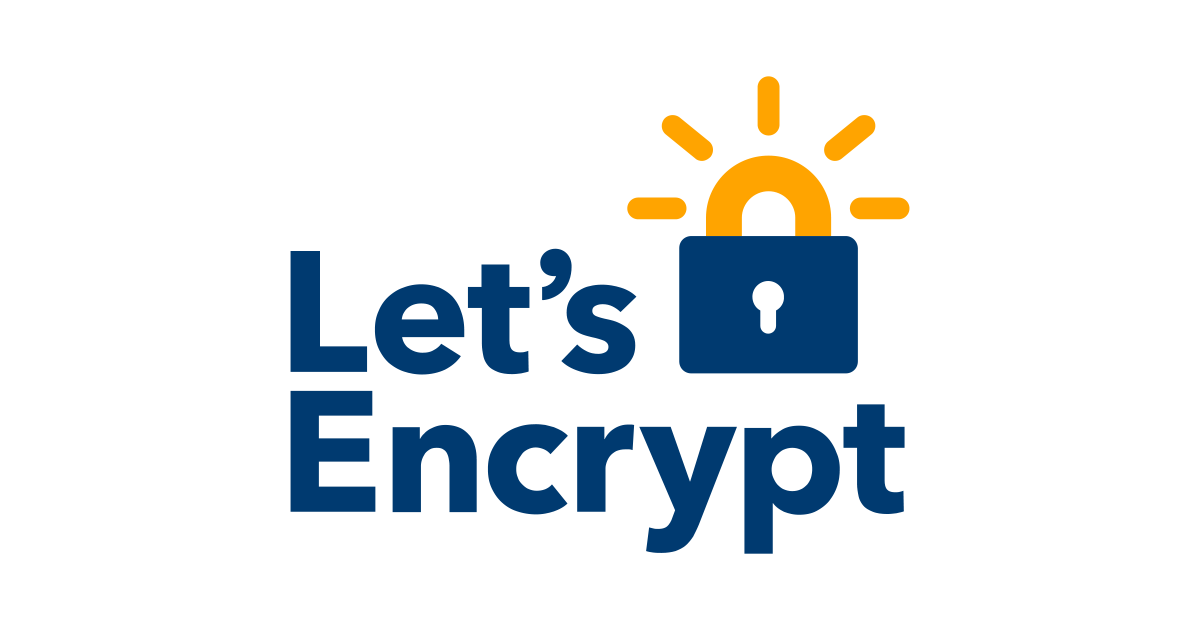

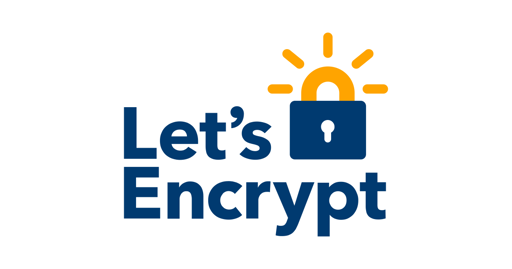

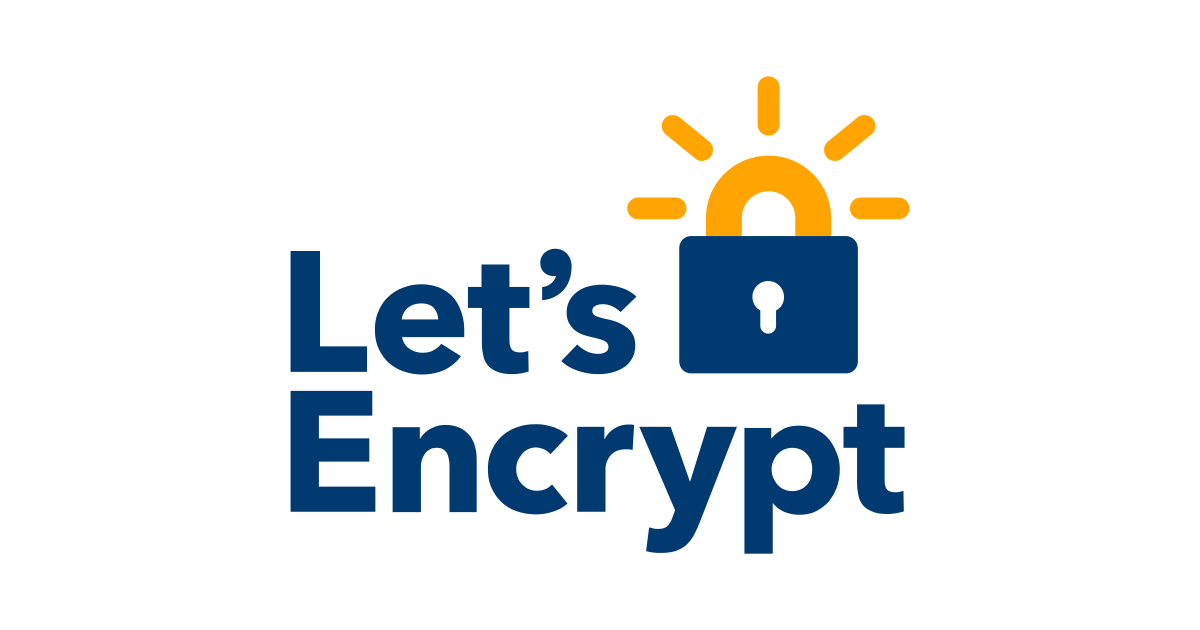
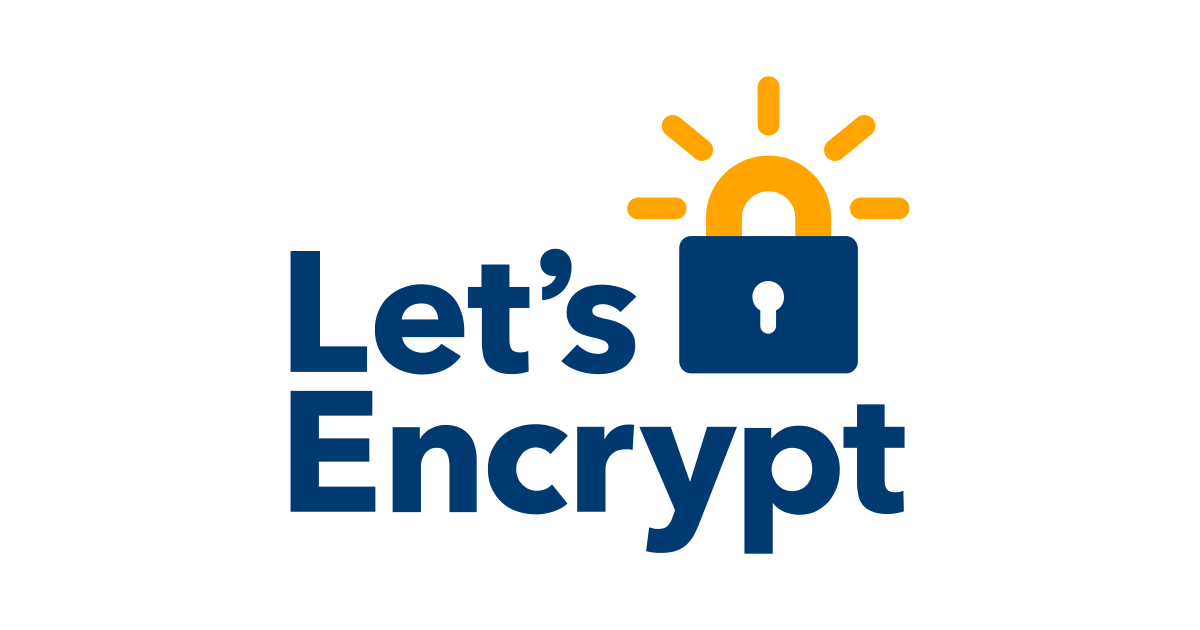





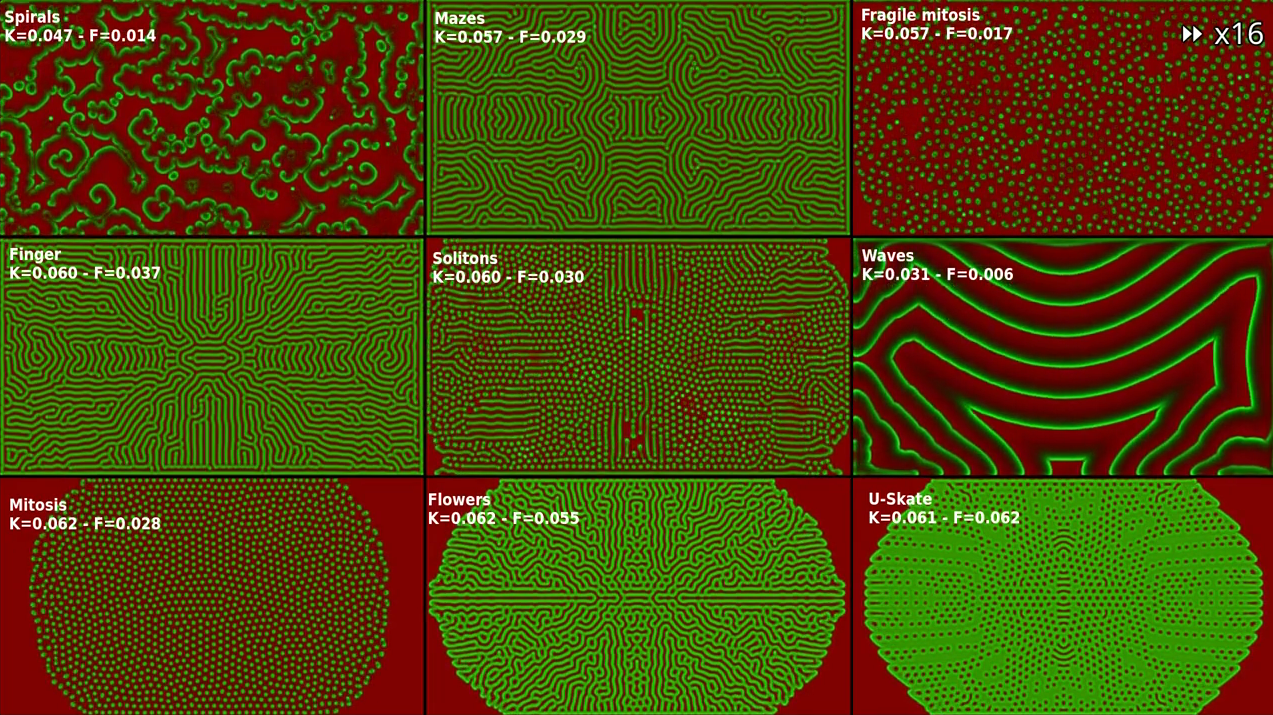

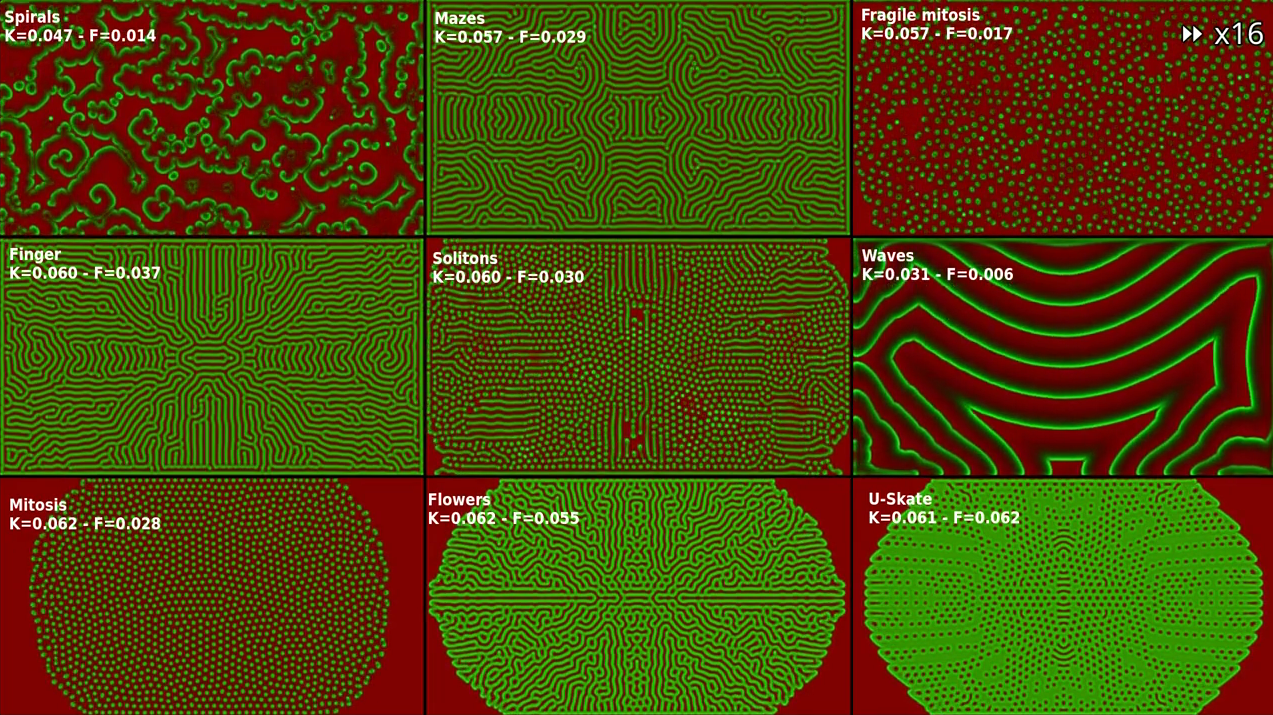

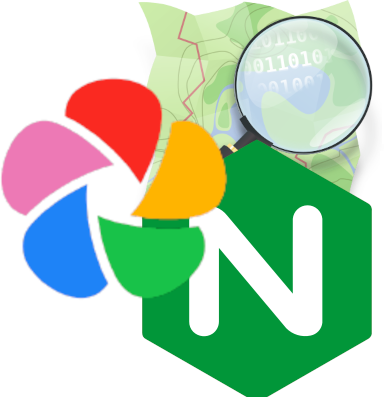
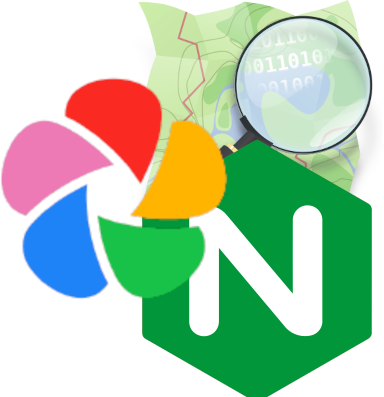








KOReader is by far better than the crappy stock firmware from Kobo. While the interface is not the prettiest, it still has a lot of advantages :
While I really hate Kobo’s stock UI, I still recommend getting one if you like truly owning your hardware. It’s really easy to enable ssh access and then it’s just regular Linux. It’s even possible to run an X server and launch Linux graphical apps on the e-ink display (not quite usable though)